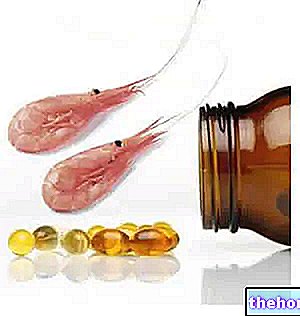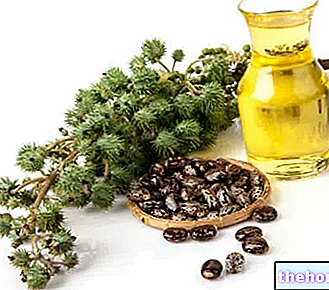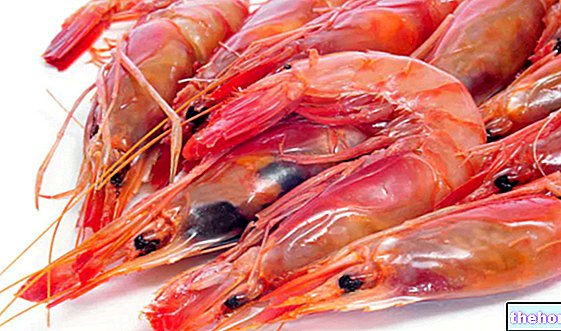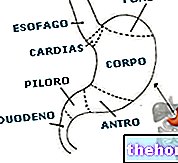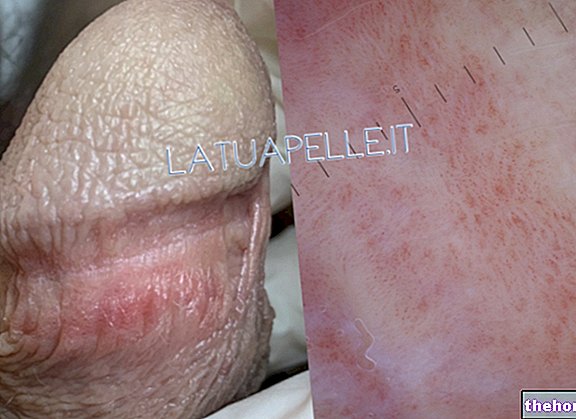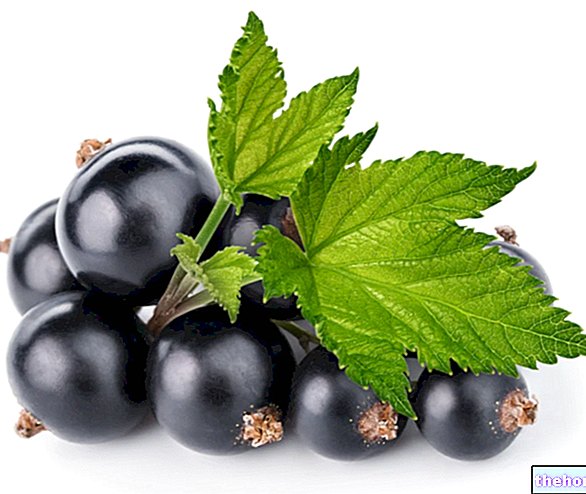The origins
The history of artemisin and its potential therapeutic effects begins on May 23, 1967, when in China the National Steering Group on the research of antimalarial drugs, enlisting over 600 institutes, launched an impressive screening to identify new active ingredients with antiparasitic activity.

Figure: Chemical structure of Artemisin
Only a few years later, around 1972, starting from a plant traditionally used in Chinese medicine - namely the "Artemisia annua - Artemisin was identified. It was discovered that this active principle, with its complex chemical structure, is capable of exerting an antimalarial action even on drug-resistant parasites.
In 1976 the various studies made it possible to clarify the main mechanism of action of artemisin. In particular, this oxygenated sesquiterpene, thanks to its particular endoperoxide structure, would be able to interact with the iron ion, forming free radicals and leading to cell death due to oxidative shock.
The high concentration of iron inside the malarial plasmodia thus justifies the particular susceptibility of these parasites to the action of artemisin.
PLEASE NOTE: Artemisin is also known as qinghaosu.
The Therapeutic Perspectives
Cancer cells also have large intracellular concentrations of iron ions, combined with a high number of transmembrane receptors for transferrin (necessary to capture extracellular iron and transport it into the cell).
The iron ion is in fact necessary to support the exasperated rate of mitotic division that distinguishes neoplastic cells. Not surprisingly, the concentrations of transmembrane receptors for transferrin correlate perfectly with the aggressiveness of the tumor.
Due to the important concentrations of iron, malignant cells are theoretically more sensitive to the pro-oxidant effect of artemisin, making it rather selective.
On the basis of these evidences and these assumptions, the use of artemisin and its more selective derivatives, such as artesunate and dihydroartemisin (DHA), in oncology began some years ago.
To date, therefore, the main therapeutic promises of these active ingredients remain precisely those relating to oncological and immunological pathologies.
Mechanisms of anticancer action
The enormous impetus that research on the anticancer effects of artemisin has had, underlined by the growing number of studies published on the subject, has allowed us to hypothesize, and in some cases to confirm through molecular models, various potential mechanisms of action of this active principle
Currently, the anticancer properties of artemisin and its derivatives appear to be supported by:
- an "antiproliferative activity: able to regulate the unbalanced activity of the replicative cycle that distinguishes cancer cells. In particular, these active principles seem to control the expression of cyclins, and related kinases, involved in the advancement of the proliferative process.
All this, therefore, would result in an arrest of cell proliferation. - A "proapoptotic activity: as observed in several carcinoma cell lines. More precisely, artemisin, especially if used at high doses, could induce the activation of pro-apoptotic factors, determining the activation of biological mechanisms involved in DNA fragmentation and consequent cell death.
- An "antimetastatic activity: especially important for micro-metastases originating in the early stages of tumor development. This type of action seems to be related to the ability of artemisin to inhibit the expression of metalloproteases and other proteins, belonging to the integrin family, involved in the adhesion of the tumor cell to the extracellular matrix.
- An "antiangiogenic activity: from initial experimental evidence, artemisin's ability to inhibit the expression of factors such as VEGF and FGF, classically involved in the phenomenon of angiogenesis, emerges. More precisely, these factors would facilitate the formation of intra and peritumoral vascular structures, necessary to nourish the tumor mass as well as to facilitate the blood diffusion of neoplastic clones.
- A "chemotherapy support activity: Interesting evidence has shown how the addition of artemisin and its derivatives to classic chemotherapy can enhance the tumor cytotoxic effect of the treatment, especially in the case of inadequately responsive pathologies or unfortunately drug-resistant tumors. however, these activities have not yet been clarified.
Studies
Although most of the studies in this regard are still experimental, therefore conducted mostly on cell lines or animal models, to date the data are particularly promising, thanks also to a fairly reproducible mechanism of action.
In vitro tests: several studies have demonstrated the cytotoxic activity of artemisin and its derivatives on mast cell lines and murine renal adenocarcinoma.
More precisely, the 72 h incubation of these cell lines with artemisin resulted in a 70 - 90% inhibition of their proliferation, through the induction of the apoptotic process and the arrest of the cell cycle, as evidenced by works by molecular medicine.
Excellent effect was also obtained by associating artemisin with the classic cytotoxic and chemotherapeutic drugs, classically used in the therapeutic field.
In the wake of these studies, the National Cancer Institute's Therapeutic Development Program observed the inhibitory efficacy of artemisin and its semisynthetic derivatives also against cell lines of colon, breast, ovarian and central nervous system carcinoma. , pancreas, lung, and against melanoma and leukemia.
In vivo tests - experimental models: the successes of the in vitro studies have led researchers, engaged in the fight against cancer, to test the efficacy of artemisin and its derivatives also in experimental models of animal cancer.
In these studies, mostly conducted on solid tumors, it was observed that the intake of artemisin could significantly slow down the exponential growth of the tumor, thus leading not only to an overall improvement in the clinical picture, but also to a significant reduction in mortality. .
Clinical trials: Artemisin and its derivatives have also been used in human clinical trials and in single clinical cases. Interesting successes have been observed for squamous cell carcinoma of the larynx, pituitary macroadenoma and some forms of lung cancer.
In all these studies, the aforementioned active ingredients were added to classic chemotherapy.
Much research is still underway to understand the real clinical potential of these derivatives.
Toxicity of Artemisin
Although there are still no long-term studies, capable of verifying the potential toxic effects related to the therapeutic use of artemisin, the first experimental studies show, at particularly high doses, mainly neurotoxic effects.
However, referring to the studies published in the literature regarding the use of artemisin as an antimalarial, this active principle seems well tolerated at standard dosages.
Future applications
Artemisin has already been recommended for years for its sensitive antimalarial action.
However, this active principle has recently proved to be quite effective especially for its strong cytostatic and cytotoxic potential.
Experimental studies have demonstrated the high antitumor efficacy of artemisin and its derivatives, being able to offer a further therapeutic alternative to clinicians, especially against particularly aggressive tumors or inadequately responsive to therapy.
The entire scientific panorama, on the basis of these promising studies, hopes that the different clinical trials currently underway can validate the therapeutic hypotheses carried out, thus expanding the potential therapeutic choices in favor of the doctor for the fight against cancer.
Bibliography
Differential effect of artemisinin against cancer cell lines.
Tilaoui M, Mouse HA, Jaafari A, Zyad A.
Nat Prod Bioprospect. 2014 Jun; 4: 189-96.
Artemisinin derivative artesunate induces radiosensitivity in cervical cancer cells in vitro and in vivo.
Luo J, Zhu W, Tang Y, Cao H, Zhou Y, Ji R, Zhou X, Lu Z, Yang H, Zhang S, Cao J.
Radiat Oncol. 2014 Mar 25; 9: 84
Synergistic inhibition of angiogenesis by artesunate and captopril in vitro and in vivo.
Krusche B, Arend J, Efferth T.
Evid Based Complement Alternat Med. 2013; 2013: 454783.
[Research advance in antitumor activities of artemisinin and its derivatives].
Yang H, Tan XJ.
Zhongguo Yi Xue Ke Xue Yuan Xue Bao. 2013 Aug; 35: 466-71
Artemisinin induces apoptosis in human cancer cells.
Singh NP, Lai HC.
Anticancer Res. 2004 Jul-Aug; 24: 2277-80.
Dihydroartemisinin is an inhibitor of ovarian cancer cell growth.
Jiao Y, Ge CM, Meng QH, Cao JP, Tong J, Fan SJ.
Acta Pharmacol Sin. 2007 Jul; 28: 1045-56
Antitumor activity of artemisinin and its derivatives: from a well-known antimalarial agent to a potential anticancer drug.
Crespo-Ortiz MP, Wei MQ.
J Biomed Biotechnol. 2012; 2012: 247597
Dihydroartemisinin (DHA) induces caspase-3-dependent apoptosis in human lung adenocarcinoma ASTC-a-1 cells.
Lu YY, Chen TS, Qu JL, Pan WL, Sun L, Wei XB.
J Biomed Sci. 2009 Feb 2; 16: 16



